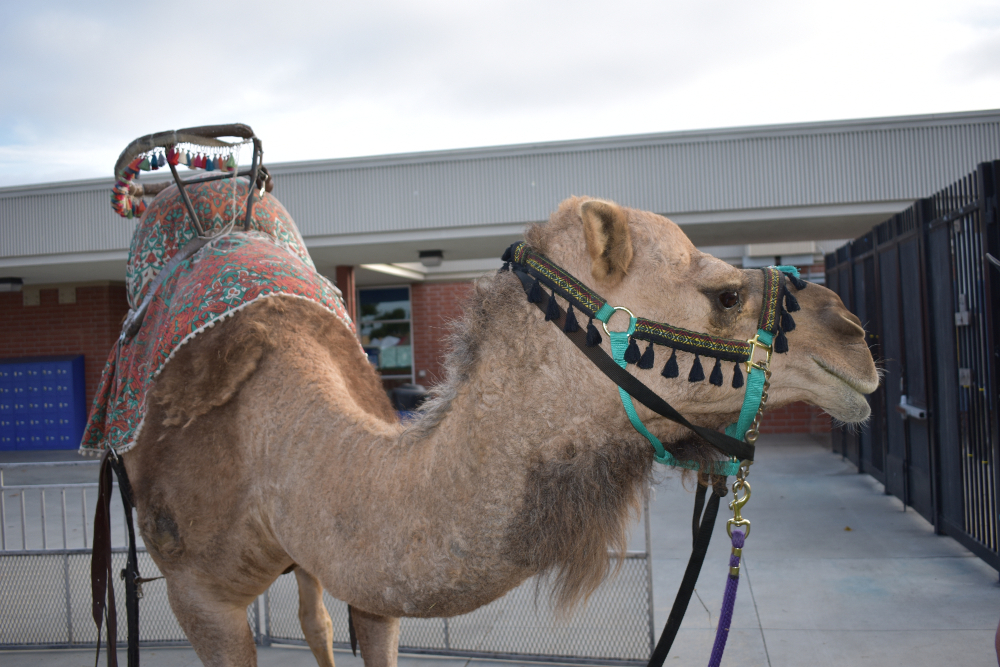
By Alexys DeMaria
During this time of year, it is extremely common to attend a festival, fair, pumpkin patch or orchard and see an attraction involving animals. Petting zoos, pony rides or a photo opportunity with an exotic creature can attract many guests, who get to interact with these animals at only a small fee.
But the price that the entertainment animals have to pay is monumental. Entertainment animals are those that perform or are displayed publicly to amuse people. Traveling is extremely stressful for them, and they are confined to a small enclosure over long distances, only to be crowded with many other animals in an overstimulating environment when they’re stopped. To avoid this mistreatment, the use of animals in a crowd entertainment setting should end.
Petting zoos have frequently prioritized profit over animal welfare, with a notable example of a Washington petting zoo accused of animal neglect with emaciated animals dying, and showing signs of “chronic stress”.
Small prey animals like rabbits are especially prone to mishandling and unnecessary stress at zoos, because of their fragile skeleton as well as their shy nature.
Constant handling, irregular feeding, crowd noise and irregular environmental conditions creates an unhealthy life for all animals involved. With no outlet to express their natural instincts, many develop self destructive behaviors.
Neil D’Cruze, the global wildlife advisor for World Animal Protection, an international nonprofit organization that promotes welfare and humane treatment, differentiates the way animals in these zoos are treated.
“Getting [animals] to the point where they’re completely safe around people involves a whole level of different training and breaking of the animal’s spirit,” D’Cruze said. “There’s a difference between a domesticated species like a cat or a dog that’s been changed over thousands of years biologically and behaviorally to be around people, and an animal that’s been broken to be tame.”
As well from a health perspective, petting zoos have the potential of spreading infectious diseases such as E. coli, salmonellosis and dermatomycosis (ringworm). The Center of Disease Control reports about 100 outbreaks of illness linked to animals in public settings like zoos, fairs and educational farms from 2010-2015.
For example, in 2019, a petting zoo at the San Diego County Fair was the source of an E. coli outbreak in which a two-year-old boy died from the disease.
Investigations found that petting zoos are now present with antibiotic-resistant bacteria, potentially spreading them to young children. In Israel, Researchers found about 12% of the animals sampled had at least one multidrug-resistant strain of bacteria living on them, and a quarter of those animals had more than one.
Some may say that a petting zoo is a valuable learning experience for young children, who can learn compassion and empathy towards these animals. Although, there are many other educational options that do not jeopardize the health of animals and people.
Visiting animal sanctuaries, shelters, camping and watching nature documentaries are all alternatives that allow children to learn etiquette around animals without a negative impact on either party involved.
On campus at Fountain Valley High School (FVHS), we should extend our Baron For Life value of consideration when it comes to animal welfare and exploitation. The inclusion of petting zoos in FVHS events should end in order to prioritize the health of the community and animals.
In the future, Barons should take into consideration the purpose of animals who come on campus and why it is important to differentiate between therapy dogs for students and Fall Fest petting zoos or camel rides.





